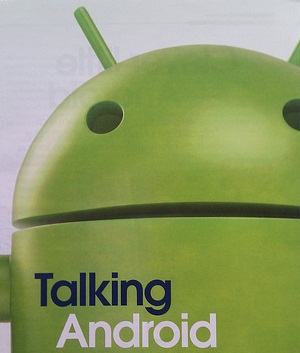Research firm research2guidance this morning published a (free) report, offering key findings from an analysis of mobile applications store Android Market.
According to the firm, the number of active mobile apps in Android Market stood at 319,161 at the end of last month, compared to 459,589 apps that are available in Apple’s App store (the company claims there are 500,000 apps, actually).
Android developers appear to have more appetite for distributing multiple apps than iOS developers, however.
Research2guidance asserts that the average Android Market app publisher has made more than 6 applications available since the launch of the store, compared to just over 4 apps that have been published by iOS developers, on average.
Also worth noting: 37% of the applications that were published on Android Market were later removed – for a variety of reasons – while Apple has kicked off only 24% of published apps, as of the end of September 2011. Here’s how the research firm explains the discrepancy:
Although Apple regularly cleans up its store from inappropriate or outdated content, its active application share still exceeds that of Android. It is likely that the more rigid application submission requirements prevent developers from publishing multiple trial or low quality applications whereas publishers in the Android Market place a lot of market testing, trials, demo and malware content.
Over 78% of the apps removed from the Android Market were free, which could mean that publishers put more effort into the applications they place with the pay-per-download business model, thus ensuring that it is kept longer in store.
Still according to research2guidance, the total number of applications that have been published on the Android Market to date surpassed 500,000 in September 2011. Apple’s App Store clocks in at just over 600,000 successful submissions (or 20% more).
Considering Android’s growth rate (190 million Android devices and counting), it’s safe to assume there will be more applications for Android than iOS at some point next year.
